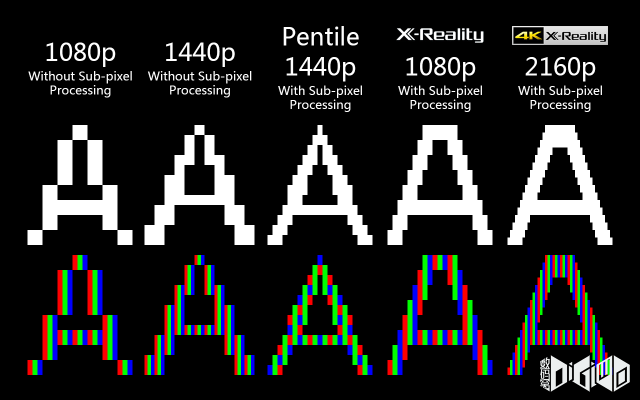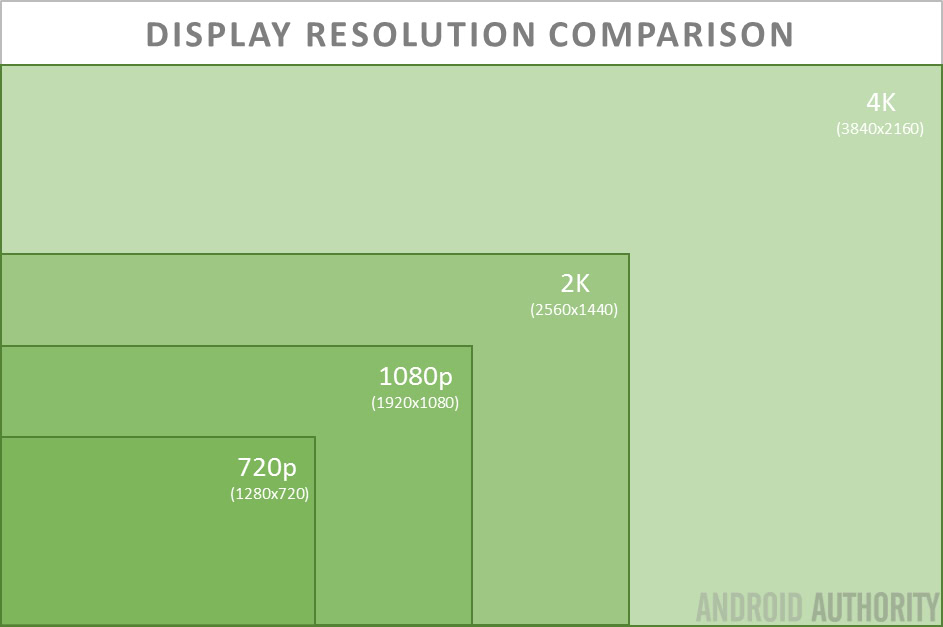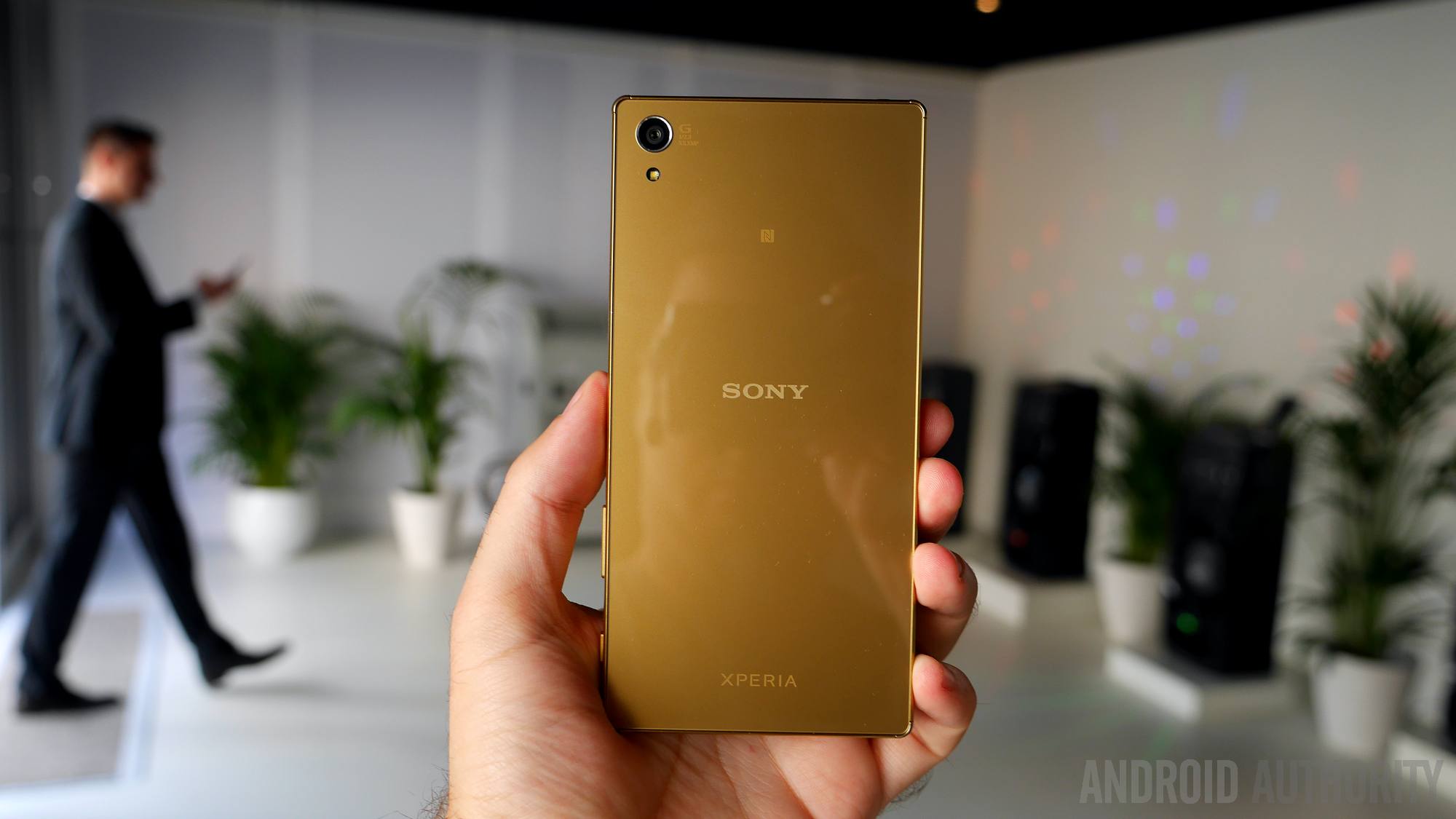Affiliate links on Android Authority may earn us a commission. Learn more.
Report: Samsung and LG to pass on 4K smartphones in 2016
December 17, 2015

Whereas last week brought a bounty of beautiful renders – allegedly – showing the Galaxy S7 and Galaxy S7 Plus, this week brings with it some news about the screen spec situation. According to a new report circulating around the internet, and purportedly based on Korean sources, both Samsung and LG will be forgoing 4K smartphone displays next year, instead focusing on the QHD panels already in production.
Despite the drive from both Korean companies to push both standard OLED displays and curved variants, it seems there are a few issues preventing the adoption of Ultra HD:
- Power-related problems: battery consumption (drain) as well as overheating related to the high resolution panels.
- A lack of readily available 4K media to take advantage of such a resolution.
- Insufficient orders from OEMs and other customers for the QHD panels.
- A claim that 4K display is intrinsically linked to 4K content, which will largely require 5G network infrastructure.
Please be aware that at the moment, this is all but speculation and should not be taken as factual nor suggested as a clear indication of what Samsung Display and LG Display will offer in the coming year. LG was the first major OEM to use a QHD panel with the release of its G3 last year, shortly followed-up by Samsung with its Korea-only Galaxy S5 Broadband LTE-Advanced handset.

For reference, Quad HD (QHD) is defined as 2560 X 1440 pixels. 4K is defined as 4096 X 2160 pixels. Smartphones and other consumer devices, however, have a slightly lower “4K” display resolution at 3840 X 2160 prompting some to refer to it instead as Ultra HD. Full HD is 1920 X 1280 resolution.
“Stuck” with QHD: Would it even matter?
A short while ago, we published a piece on the Sony Xperia Z5 Premium, the world’s first 4K smartphone. Despite clever marketing, the actual images produced by the phone are almost always running at standard Full HD (FHD) resolution. Sony itself has cited battery-related power consumption issues as reasoning, and many have argued that the Snapdragon 810 SoC simply could not handle running 4K resolution 24-7 given its propensity for getting toasty.

Many OEMs are still content with using Full HD panels on their devices, and many consumers – and some tech writers – often argue that QHD on a 5.X-inch screen is almost superfluous given the purported limitations of the average human eye. With that said, when viewing a QHD smartphone display next to a Full HD display, the differences – while not egregiously dramatic for most people – are still noticeable.
If QHD is often cited as overkill, then 4K serves to go beyond that. While it is useful for purposes such as virtual reality headsets, the four points listed earlier are valid points in an argument to forgo such a high resolution. There would indeed by marketing benefits, but when considering battery life and actual ability to view 4K content the costs involved with implementing such panels don’t seem as clear cut as say, QHD or just plain Full HD.
Wrap Up
While today’s news is hardly a proven fact, it is nonetheless new food for thought. We want to hear what you think: would you be upset if Samsung or LG fail to deliver on 4K next year? Do you care? Leave us your comments below!